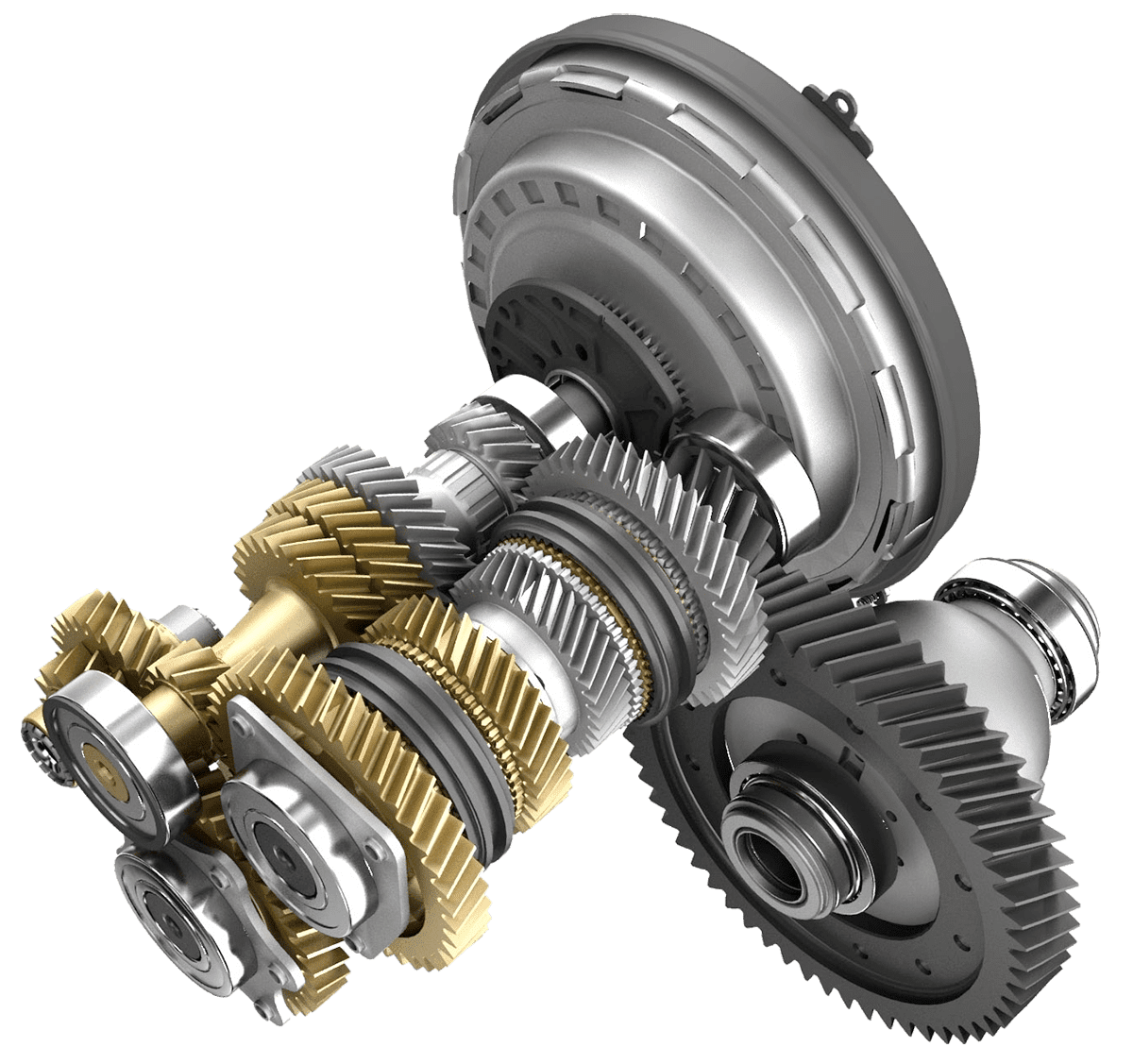Advantages and Disadvantages of Dual-clutch transmission?
A dual-clutch transmission is a type of automatic transmission that has two gear ratios in one unit. This allows the driver to change gears at different speeds, which can improve fuel efficiency and acceleration.
Advantages of Dual-clutch transmission:
- It allows better gear shifting with less effort.
- It has a better throttle response.
- It improves fuel efficiency.
- It reduces engine wear.
- The high torque capacity also helps this system to be efficient in low-revving engine speeds.
- The dual-clutch transmission provides a smoother gearshift.
- It helps in reducing clutch wear and making it last longer.
- There is no load on the clutch system when going from first to second gear, unlike a conventional manual transmission.
- A dual-clutch transmission also makes it easier for the driver to change gears quickly.
- The primary advantage of DCTs is that they are cheaper to manufacture than CVTs.
- It can achieve higher engine speeds without stalling by using higher gear ratios.
- The dual-clutch transmission offers high gear flexibility and improved acceleration with less loss of power through slipping.
- By using multiple clutches, a DCT gearbox can do both tasks simultaneously without any delay between them.
- You can accelerate at high speed while shifting gears down or up.
- It is more responsive.
Disadvantages of Dual-clutch transmission :
- The clutch system needs to be maintained more often than a conventional automatic transmission.
- It is a complex transmission system that uses two different gear ratios to select the appropriate gear ratio.
- It cost more money to maintain.
- A dual-clutch transmission can be better suited to higher horsepower cars with higher traction requirements.



